The Fifteenth Day of the Eighth Lunar Month
2016-12-20 16:49:28 Zhangjiajie Tourism Information Website
Also known as the "Full Moon Festival" or "Chinese Moon Festival," The Mid-Autumn Festival falls on the fifteen day of the eighthlunar month. The reason for celebrating the festival during that time is that it is the time when the moon is at its fullest and brightest. At that day, the moon's orbit is at its lowest angle to the horizon, making the moon appear brighter and larger than any other time of the year.
The Mid-autumn Festival is one of the two most important occasions in Chinese calendar (the other being the Spring Festival or the Chinese New Year) and it is an official holiday. It is a time for family reunion, so people far from home will gaze longingly at the moon and think about their families. The Mid-Autumn Festival this year falls on September 19, 2013. This year we will celebrate it for 3-days from September 19, 2013 to September 21, 2013.
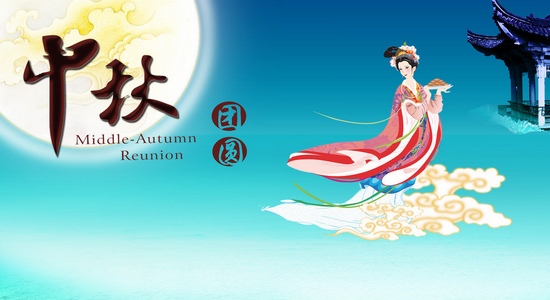
1.Celebrations in Ancient China and Today
For thousands of years, the Chinese people have related the vicissitudes of life to changes of the moon as it waxes and wanes; joy and sorrow, parting and reunion. Because the full moon is round and symbolizes reunion, the Mid-Autumn Festival is also known as the festival of reunion. All family members try to get together on this special day. Those who can not return home watch the bright moonlight and feel deep longing for their loved ones. Today, festivities centered about the Mid-Autumn Festival are more varied. After a family reunion dinner, many people like to go out to attend special performances in parks or on public squares.People in different parts of China have different ways to celebrate the Mid-Autumn Festival. In Guangzhou in South China, a huge lantern show is a big attraction for local citizens. Thousands of differently shaped lanterns are lit, forming a fantastic contrast with the bright moonlight. In East China's Zhejiang Province, watching the flood tide of the Qiantang River during the Mid-Autumn Festival is not only a must for local peple, but also an attraction for those from other parts of the country. The ebb and flow of tides coincide with the waxing and waning of the moon as it exerts a strong gravitational pull. In mid autumn, the sun, earth and moon send out strong gravitational forces upon the seas. The mouth of the Qiantang River is shaped like a bugle. So the flood tide which forms at the narrow mouth is particularly impressive. Spectators crowd on the river bank, watching the roaring waves. At its peak, the tide rises as high as three and a half meters.
2.History and Origin of Mid-Autumn Festival
Celebration of Mid-autumn festival has a long history. In ancient times, the emperors had the tradition of worshiping the Sun in spring, and the Moon in autumn. The word "Mid-Autumn" first appeared in the famous ancient book "Zhou Li" (The Zhou Rituals, a book telling the rituals in the Zhou Dynasty). However, it was not until the early Tang Dynasty that the day was officially celebrated as a traditional festival. It became an established festival during the Song Dynasty, and has become as popular as the Spring Festival since the Ming and Qing Dynasties. Celebrations have continued ever since and more customs for marking this occasion have been formed.
There are several explanations on when and where the festival began and some of the most convincing versions are as follows:
Nanjing and Mid-autumn Festival
A much-told story about the beginning of the Mid-autumn Festival celebration comes from Niuzhu (a place in ancient Nanjing). As early as 1,600 years ago, Nanjing which was called Jianye served as capital of the Eastern Jin Dynasty. On a Mid-autumn night when Xie Shangyue, the governor of Niuzhu, was boating on a river he met Yuan Hong, a poor, frustrated but gifted scholar who had to earn his living by renting boats. Admiring his ability, Xie made friend with him and Yuan had a rise to fame with the help of Xie. Later on, having heard of the story, many refined scholars from all over the country followed suit to boat in the river, climb up the towers, and watch the moon. Famous poets like Li Bai and Ou Yangzhan were all touched by the story, and then wrote numbers of poems about it. Because of this, the tradition of watching the moon on Mid-Autumn Festival gradually came into being.
Season and Climate
The Mid-Autumn day is the very moment of rice maturity. And at that day farmers will worship the local God of land, whose birthday is exactly on that day. Mid-Autumn day is possibly an old tradition of telling the coming of autumn. In terms of the seasons in a year, the Mid-Autumn day can be named as "Harvest Day", when the crops sowed in the spring can be reaped. Since ancient times, people would drink, dance, and sing on that day, celebrating the harvest. According to the previous descriptions, the ancient emperors had the tradition of worshiping the moon. Therefore, the day for worshipping the moon was accepted as a convention on the Mid-Autumn day, when the moon is in its fullest.
3.Legend of Chang'e and Origin of Mooncake
Legend of Chang'e
There are many beautiful legends about the moon in China. The most famous legend is the one surrounding the "lady living in the moon" that dates back to ancient times, to a day when ten suns appeared at once in the sky. The Emperor ordered a famous archer to shoot down the nine extra suns. Once the task was complished, Goddess of Western Heaven rewarded the archer with a pill that would make him immortal. However, his wife found the pill, took it, and was banished to the moon as a result. Legend says that her beauty is greatest on the day of the festival.
Moon Cake and the Mid-Autumn Festival
Usually people eat moon cakes on Mid-Autumn Festival, and the round cake is symbolic of the moon in the sky and reunion in the mortal world. The cake was named moon cake (yuebing in Chinese) as early as the Song Dynasty (960--1279). It was given the name for its round shape, not specially designated for the Mid-Autumn Festival. In the Ming dynasty the moon cake became an offering at the moon-worshiping ceremony and there was a story about lt.
Toward the end of the Yuan Dynasty (1206--1368) the peasants south of the Yangtze River were planning an armed uprising against the Yuan rulers. When they discussed how to pass around the message without being discovered by the officials, someone struck on a brilliant idea. They made a lot of moon cakes as offerings to be used at the moon-worshiping ceremonies and sent them to all the households concerned.On Mid-Autumn night when the people who had received moon cakes broke them, they found that the cakes all contained slips of paper inside with a written message on them saying “Every household gets ready to kill the Yuan soldiers on Mid-Autumn night”. The peasants were well organized and the uprising succeeded and the Yuan government was overthrown.
When the Ming Dynasty was established a decree was issued in memory of the uprising that moon cakes alone were designated as the food to celebrate Mid-Autumn Festival. For this festival every household would bake moon cakes to be presented to relatives and friends as Mid-Autumn gifts. This custom had to do with the way the uprising message was delivered among the peasants. In the Qing Dynasty there were professional shops for making moon cakes and the cakes made there were various in size, the largest ones one or two feet in diameter, and in external designs, for example Chang'e and Jade rabbits, both fairy ~mages related with the moon.
4.Poems on Mid-Autumn Festival
Night Thoughts -Li Bai
I wake and moonbeams play around my bed,
Glittering like hoar froast to my wondering eyes.
Upwards the glorious moon I raise my head,
Then lay me down and thoughts of home arise.
Tune: "Prelude to Water Melody" -Su Shi
How long will the full moon appear?
Wine cup in hand, I ask the sky.
I do not know what time of the year
It would be tonight in the palace on high.
Riding the wind, there I would fly,
Yet I'm afraid the crystalline palace would be
Too high and cold for me.
I rise and dance, with my shadow I play.
On high as on earth, would it be as gay?
The moon goes round the mansions red
Through gauze-draped window soft to shed
Her light upon the sleepless bed.
Why then when people part, is the oft full and bright?
Men have sorrow and joy; they part or meet again;
The moon is bright or dim and she may wax or wane.
There has been nothing perfect since the olden days.
So let us wish that man
Will live long as he can!
Though miles apart, we'll share the beauty she displays.
Looking at the Moon and Thinking of One Far Away -Zhang Jiuling
The moon, grown full now over the sea,
Brightening the whole of heaven,
Brings to separated hearts
The long thoughtfulness of night....
It is no darker though I blow out my candle.
It is no warmer though I put on my coat.
So I leave my message with the moon
And turn to my bed, hoping for dreams.
Source: Hunan Official Web Portal
-
Zhangjiajie package service for family self-help tourism5D 4N $0.00¥0.00
-
3N4D Zhangjiajie mountaintop staying for highlight sunrise tour4D 3N $241.74¥1580.00
-
4D3N Family tour to ZJJ avatar park-Grand cayon-Glass bridge-Tianmenshan4D 3N $302.94¥1980.00
-
3N4D Group tour for Zhangjiajie rock climbing tour in avatar park4D 3N $0.00¥0.00
more FAQ
- 1About Full introduction for Zhangjiajie Glass Plank Road
- 2What is Zhangjiajie's sister World Geopark?
- 3Top 5 places for Zhangjiajie winter tour
- 4Zhangjiajie top 5 hiking places
- 5Zhangjiajie's best places for sunrise & sunset tour
- 6Do you know about Zhangjiajie cultural heritage?
- 7Zhangjiajie travel entrance fee,cableway,elevator,sightseeing train cost
- 8Hunan Province Weather Profile


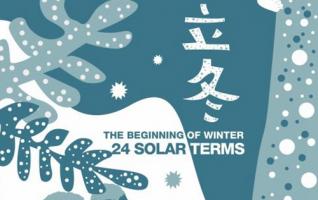

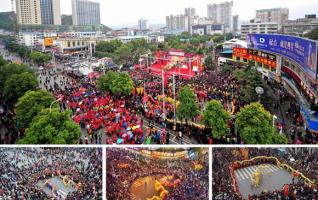

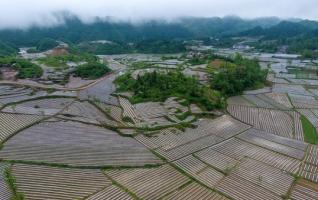

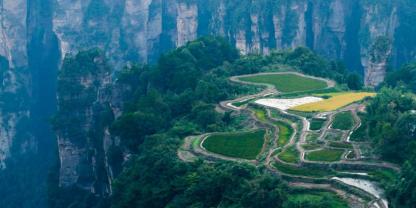
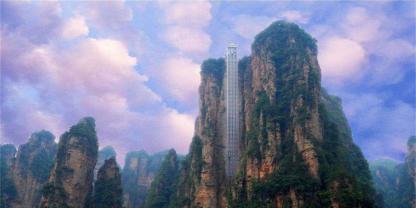
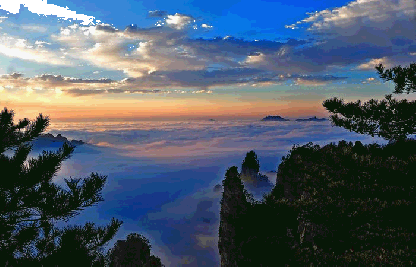

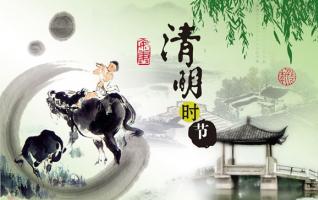
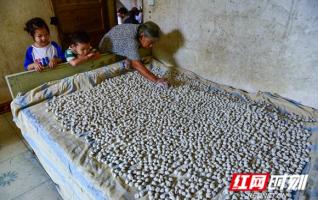
![Top food recommendation for Hunan tourism[Photo Gallery]](http://www.zjjbk.com/uploadfile/2017/0521/thumb_318_200_20170521042544645.jpg)
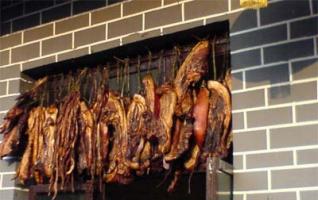
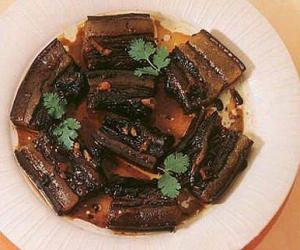
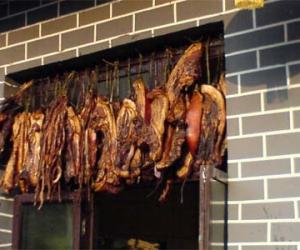
![Zhangjiajie old method of producing vegetable oil[Photo-step process]](http://www.zjjbk.com/uploadfile/2016/1220/thumb_318_200_20161220044619231.jpg)

